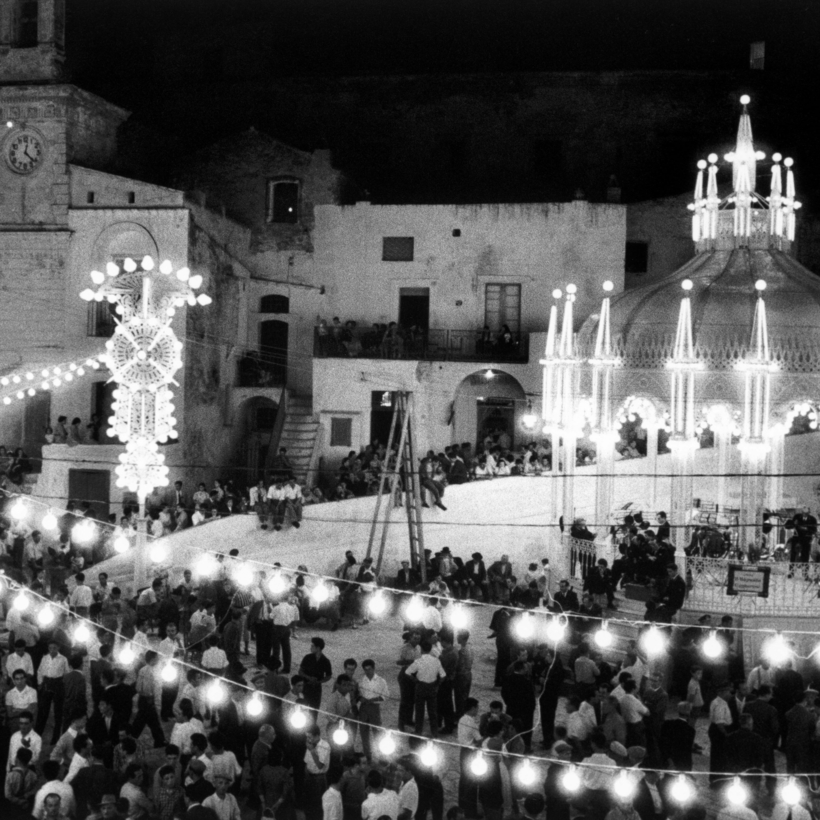The Nobel Prize–winning physicist Giorgio Parisi has caused a stir in Italian households and restaurants with a novel, and cheap, technique for cooking pasta.
With energy bills soaring due to the European energy crisis, Parisi took to Facebook and, in a post that quickly went viral, explained his cost-cutting method. He suggested that pasta should be tossed into boiling water—so far, so normal—but that the burner should be kept on for only two minutes. Then it should be turned off, a lid put on the pot, and the pasta left to soak in the lingering bubbles. Doing so, he assured his readers, meant the pasta would be cooked and energy would be conserved. An outcry ensued.
Speaking to the Italian newspaper La Repubblica, the Michelin-starred chef Antonello Colonna gave a thumbs-down to Parisi’s suggestion. He declared that pasta cooked using this method—especially fusilli, gnocchi, and rigatoni—tasted gummy and unappetizing, and that stirring the pasta while it cooks adds to its ultimate taste, an impossibility if the lid remains on.
“I’ve tried cooking pasta this way,” revealed the famed chef Sergio Maria Teutonico. “With all due respect to the great professor, it’s not the same thing.”

Others piled on from across society. The author and artist Mauro Corona expressed his outrage for Parisi’s recipe: “Stick to that for which you won the Nobel Prize and don’t say this nonsense.” (Parisi won the prize for his work on complex systems.) Elena Saviotti, a Roman grandmother, who frequently prepares pasta dinners for her six grandchildren, was similarly unconvinced. “I don’t have the courage to cook pasta that way,” she confessed. “Taste and tradition go hand in hand in Italy.”
Some were more placatory, such as Heinz Beck, the famed head chef at the gastronomic temple La Pergola. “This method definitely works if you are cooking capellini—because all they need are two minutes.” He withheld judgment about other types of pasta.
Perhaps Parisi’s biggest supporter came in the form of Barilla, the world’s largest pasta producer, who created the Passive Cooker, a smart device that sits on top of a pot’s lid and pairs with the cook’s phone to ping them when the water is boiling, when they need to turn off the burner, and when to remove the pasta. Barilla has roped in its own Michelin-starred chef, Davide Oldani, to shill the glorified timer.
In a bid to distract the warring sides, Unione Italiana Food, a leading Italian food association, calculated that if the entire country were to use Parisi’s recipe, enough energy would be saved to power the lights of every top-flight soccer stadium in Italy, England, Spain, and Germany for 24 seasons. However, it was left to the popular science writer Dario Bressanini to sum up the situation. “To speak about cooking pasta in Italy is more dangerous than speaking poorly about your mother or your sister,” he wrote.
Despite the furor, there’s no doubt Italy’s countless osterias, trattorias, and pizzerias are feeling the pinch. In a movement called “Bollette in Vetrina,” bars and restaurants have been displaying their electricity bills in their windows to protest price inflation. Even the storied Hotel Hassler Roma has been forced into making changes, swapping out its kitchen’s gas stoves for induction ones.
“To speak about cooking pasta in Italy is more dangerous than speaking poorly about your mother or sister.”
Italy is not alone. Throughout Europe, old, familiar traditions are being forced to change to conserve energy. In Finland, the government is encouraging its citizens to spend less time in their saunas. In France, the Eiffel Tower will no longer twinkle after midnight. In Spain, the country’s late-night bars are fearing they won’t be able to stay open because of rising heating bills. In Germany, the landmark Alster Fountain, in Hamburg, was already turned off, two months in advance of its normal schedule, while Cologne Cathedral will only be partially lit. From Portugal to Denmark, the holiday season is looking decidedly gloomier.

But Italy seems to be feeling the scarcity most bitterly. The famed ceramics manufacturers of the city of Deruta have taken a financial hit. The many artisanal businesses, such as Michele Caravaggi’s Fima, which has been producing hand-painted bowls, plates, and trays since 1960, have seen their electrical bills triple. Pia Formato, a master glazer, who runs her own ceramics shop in Deruta, runs her kiln only at night to make use of the cheaper electricity.
There’s little escape to be found in religion. Priests are encouraging their parishioners to dress warmly during Mass, since the collection plates no longer pay for the churches’ heating bills. Many places of worship, from Ravenna to Sardinia, have stopped ringing their automated church bells.
Across Italy, Christmas itself looks like it might be dimmer than in years past. Almost all cities are reducing the hours their holiday lights are on. In Palermo, a Christmas tree lights up only when you pedal a nearby exercise bike. In the much smaller town of Adro, located in the Brescia region, the mayor has demanded a complete blackout with no Christmas lights on trees at all.
Such swingeing cuts have led Mauro Corona to decry the state of not just pasta preparation but of the country as a whole. “Now there’s no virus, but there’s the increase of prices,” he lamented. “We are going towards a catastrophe.’
Yet dimmer lights and lighter bills give some hope that the future, at least, will be brighter. By this time next year, all the fuss caused by Parisi’s Pastagate might have simply evaporated.
Sheila Pierce is a Rome-based journalist. She writes about Italy in her newsletter, Missives from a Metropolis

